Functions of the State Pollution Control Boards
✅ Functions of the State Pollution Control Boards (SPCBs)
1. Implementation of Pollution Control Laws
SPCBs are responsible for implementing environmental laws and ensuring compliance with regulations related to:
Water pollution
Air pollution
Hazardous waste management
Biomedical waste
Plastic and e-waste
They ensure that industries and local bodies follow prescribed environmental standards.
2. Issuance of Consent
SPCBs grant:
Consent to Establish (CTE)
Consent to Operate (CTO)
...under both the Water Act and the Air Act. No industrial or commercial activity involving pollution can start without these consents.
3. Monitoring and Inspection
SPCBs regularly:
Inspect industries and treatment plants
Collect air and water samples
Monitor emissions and effluents
Ensure proper functioning of pollution control devices
They may initiate actions if industries exceed prescribed limits.
4. Setting Standards
SPCBs set emission and effluent standards for various industries based on:
Nature of industry
Location (sensitive areas, residential zones, etc.)
Type of pollutant
They may prescribe more stringent standards than the Central Pollution Control Board (CPCB) based on local conditions.
5. Public Awareness and Education
SPCBs conduct awareness programs, workshops, and training for:
General public
Industry representatives
Municipal authorities
They aim to promote responsible environmental behavior.
6. Advisory Role to State Governments
SPCBs advise state governments on:
Environmental planning
Siting of industries
Infrastructure for waste disposal
Pollution control technologies
They assist in formulating state-level environmental policies.
7. Research and Development
SPCBs promote:
Research on pollution control
Development of eco-friendly technologies
Collection and analysis of data on pollution levels
8. Legal Action and Enforcement
SPCBs have the power to:
Issue directions to close or regulate polluting units
Impose penalties and prosecute violators
File cases in courts for serious offences
They play a key role in environmental litigation.
9. Maintenance of Environmental Quality
SPCBs aim to maintain and restore the quality of:
Air
Water
Soil
They undertake measures to prevent and mitigate environmental degradation.
10. Waste Management Oversight
Under rules like the:
Hazardous Waste Rules
Biomedical Waste Management Rules
Plastic Waste Rules
E-Waste Rules
SPCBs regulate collection, transportation, treatment, and disposal of waste.
⚖️ Case Laws Highlighting SPCBs' Functions
🔹 M.C. Mehta v. Union of India, (1987) SCR (1) 819 (Ganga Pollution Case)
Facts: Tanneries in Kanpur were discharging untreated effluents into the River Ganga.
Held: The Supreme Court directed the SPCB (Uttar Pradesh) to:
Ensure that all polluting tanneries install treatment plants
Close down units that fail to comply
Monitor compliance and report to the court
Significance: Highlighted SPCB’s duty in monitoring industries and ensuring effluent treatment.
🔹 Indian Council for Enviro-Legal Action v. Union of India, (1996) 3 SCC 212
Facts: A group of industries in Rajasthan was causing groundwater pollution by indiscriminate dumping of waste.
Held: The court criticized the Rajasthan SPCB for inaction and directed it to:
Take remedial measures
Hold industries accountable
Ensure environmental restoration
Significance: Reinforced the SPCB's role in preventing and controlling pollution proactively.
🔹 Vellore Citizens Welfare Forum v. Union of India, (1996) 5 SCC 647
Facts: Tanneries in Tamil Nadu caused water pollution affecting the local population.
Held: The Tamil Nadu SPCB was ordered to:
Assess environmental damage
Close non-complying industries
Monitor sustainable operations
Significance: Established the Precautionary Principle and the Polluter Pays Principle, with SPCBs responsible for enforcing them.
🔹 Sterlite Industries (India) Ltd. v. Tamil Nadu Pollution Control Board, (2019) 10 SCC 225
Facts: The TNPCB ordered closure of the Sterlite copper plant due to alleged environmental violations.
Held: The Supreme Court found procedural lapses in the TNPCB's closure order, emphasizing that:
SPCBs must follow natural justice
Ensure proper investigation and evidence-based decisions
Significance: Emphasized the procedural responsibility and accountability of SPCBs.
✅ Conclusion
State Pollution Control Boards are key regulatory institutions for safeguarding the environment at the state level. Their effective functioning ensures industrial development happens without compromising environmental integrity. However, their role must be strengthened with adequate:
Manpower
Technical expertise
Autonomy
Resources








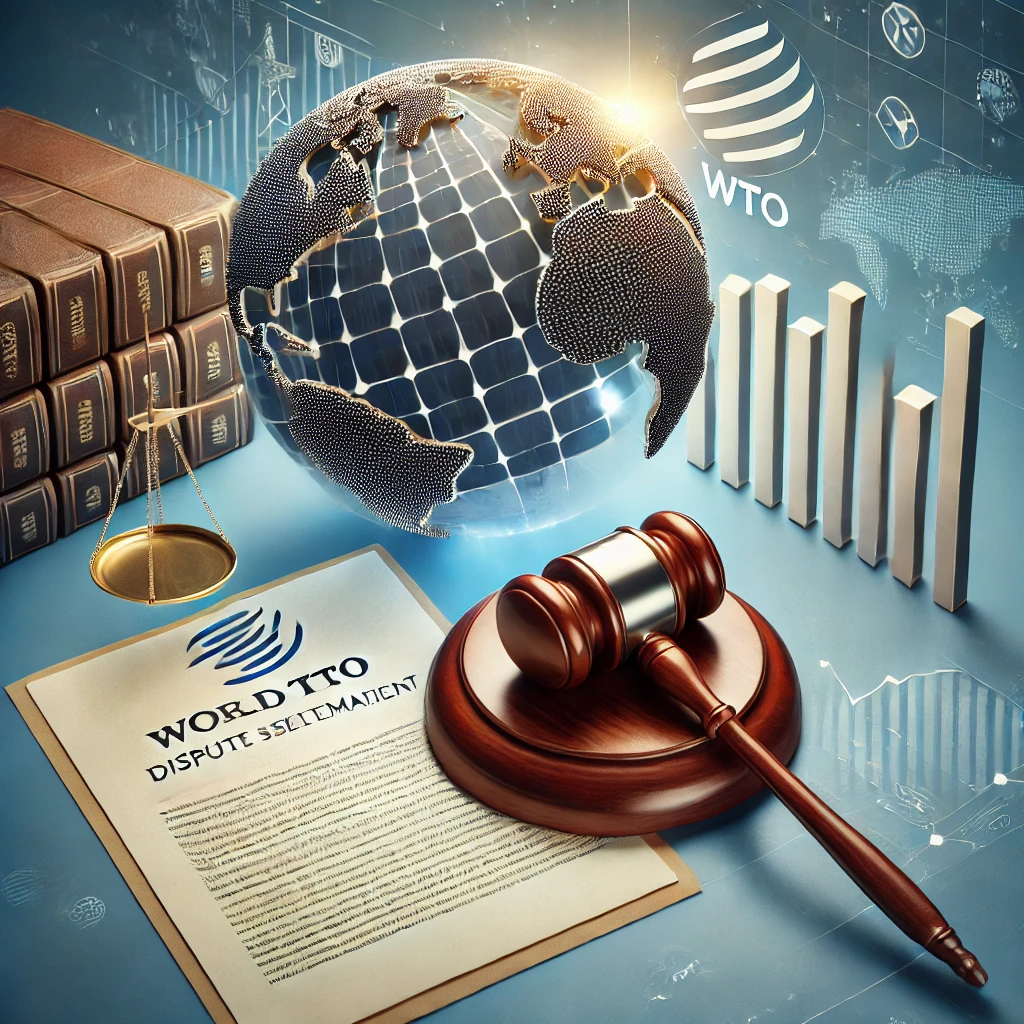
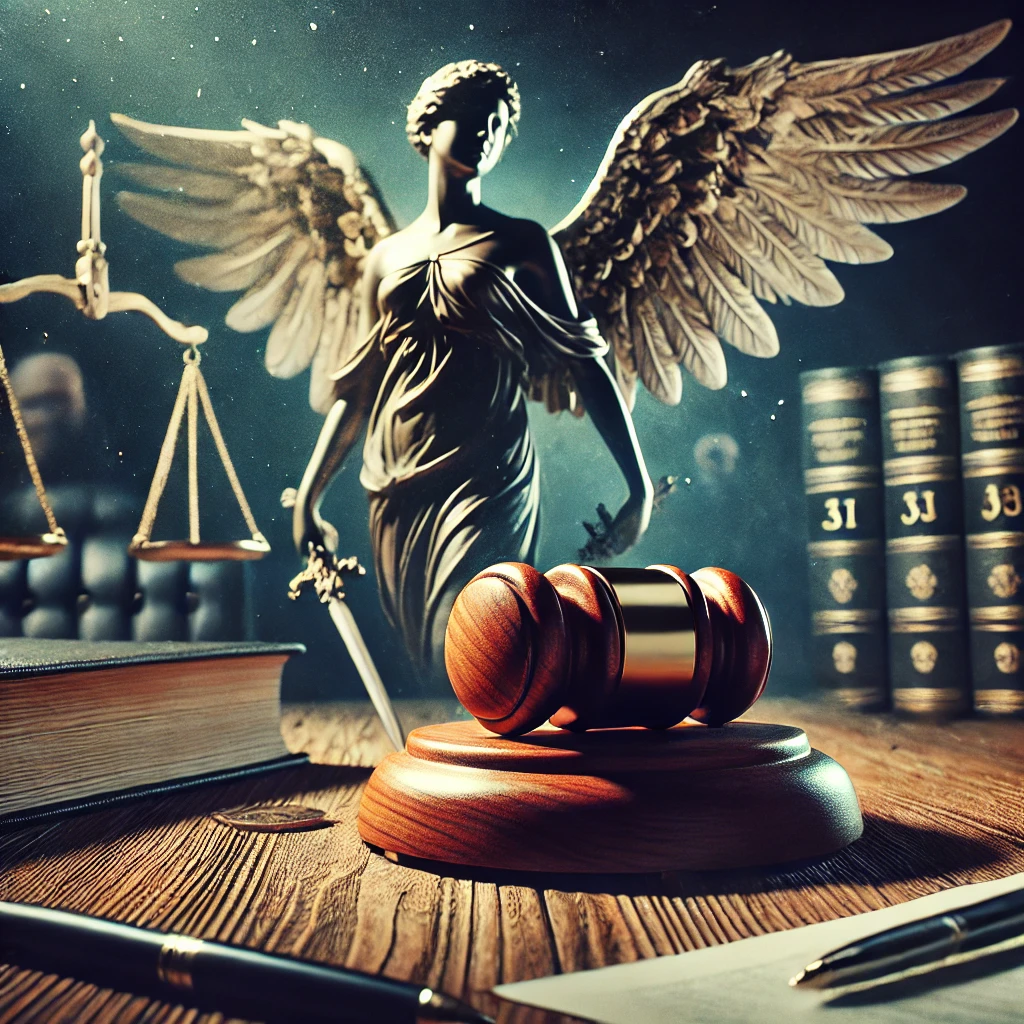
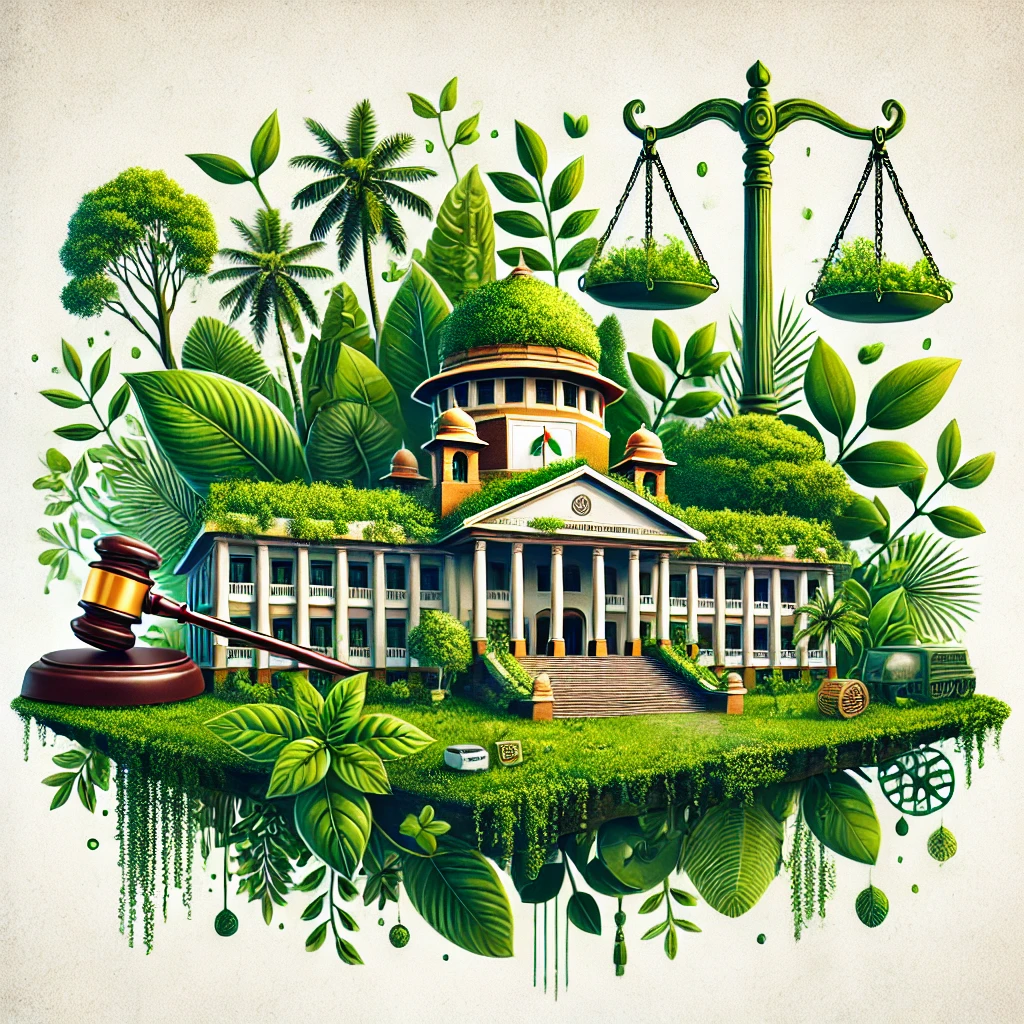


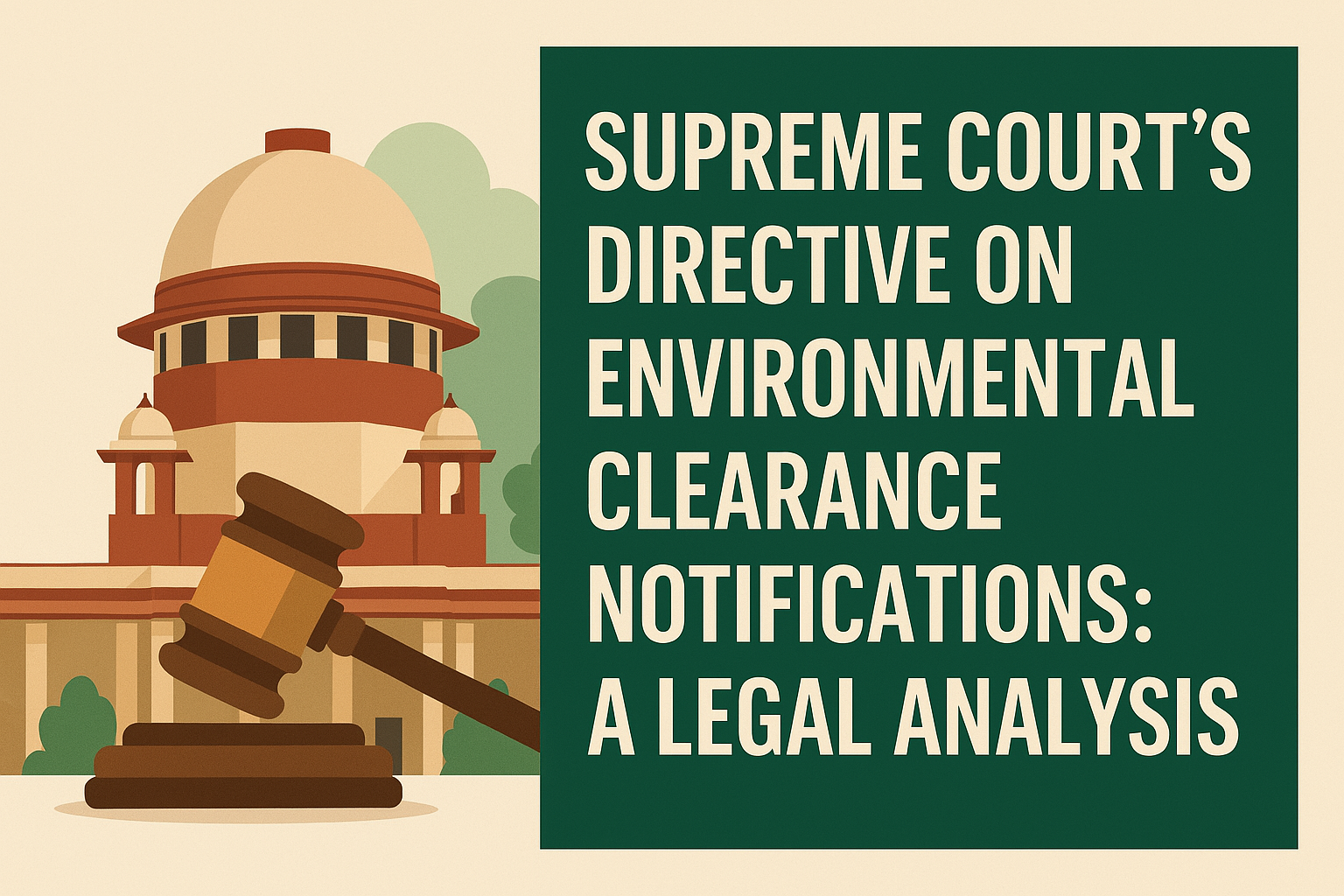
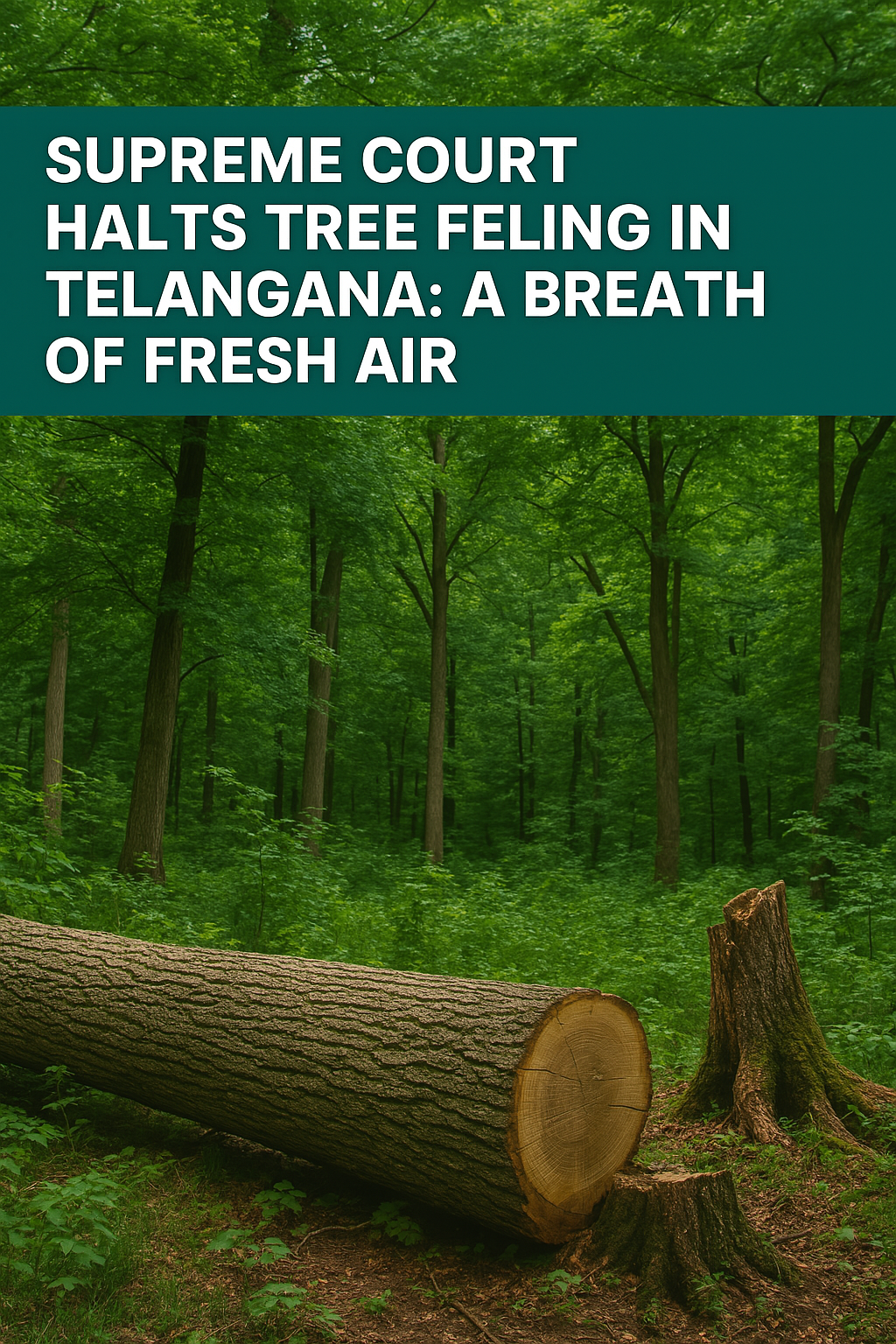

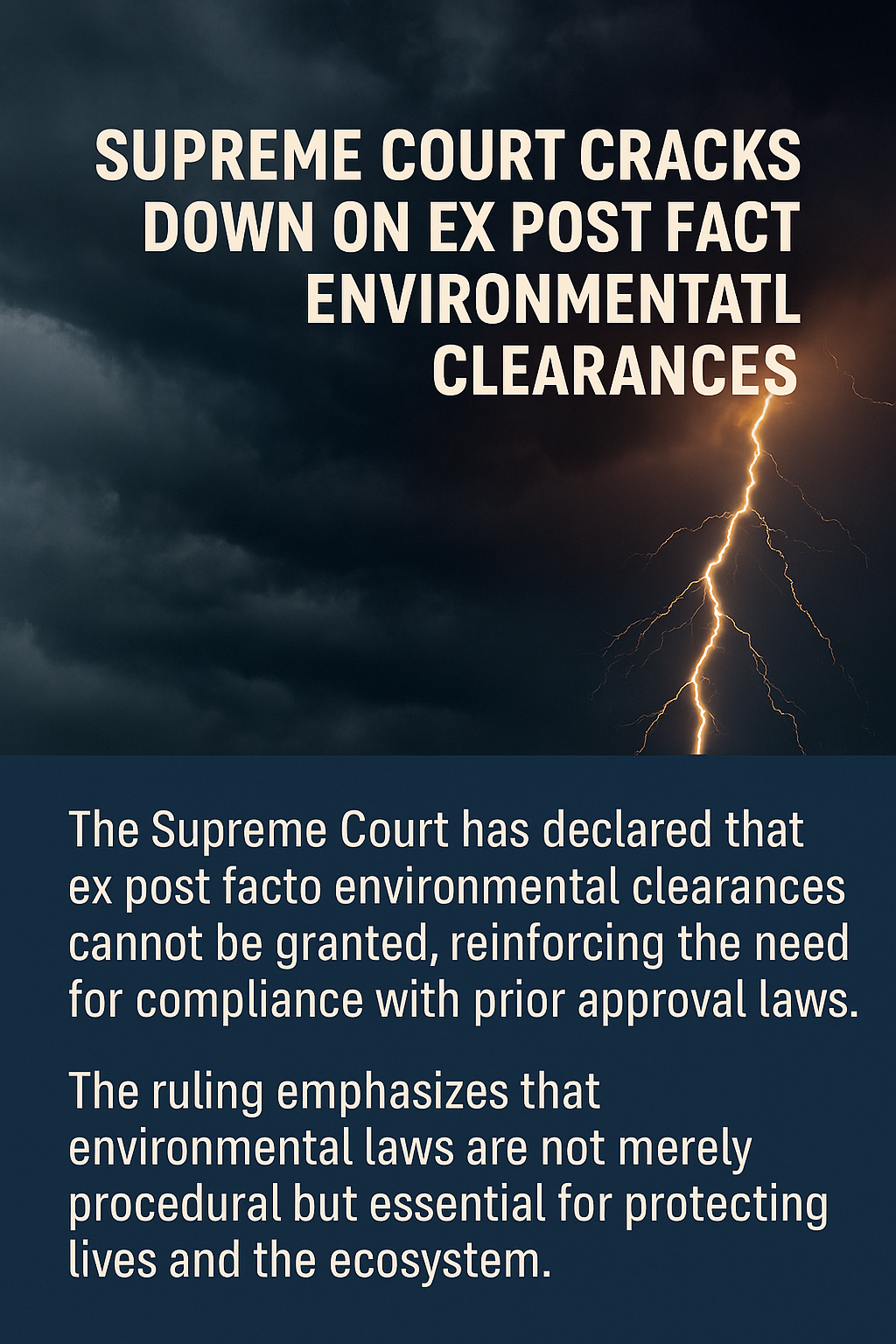
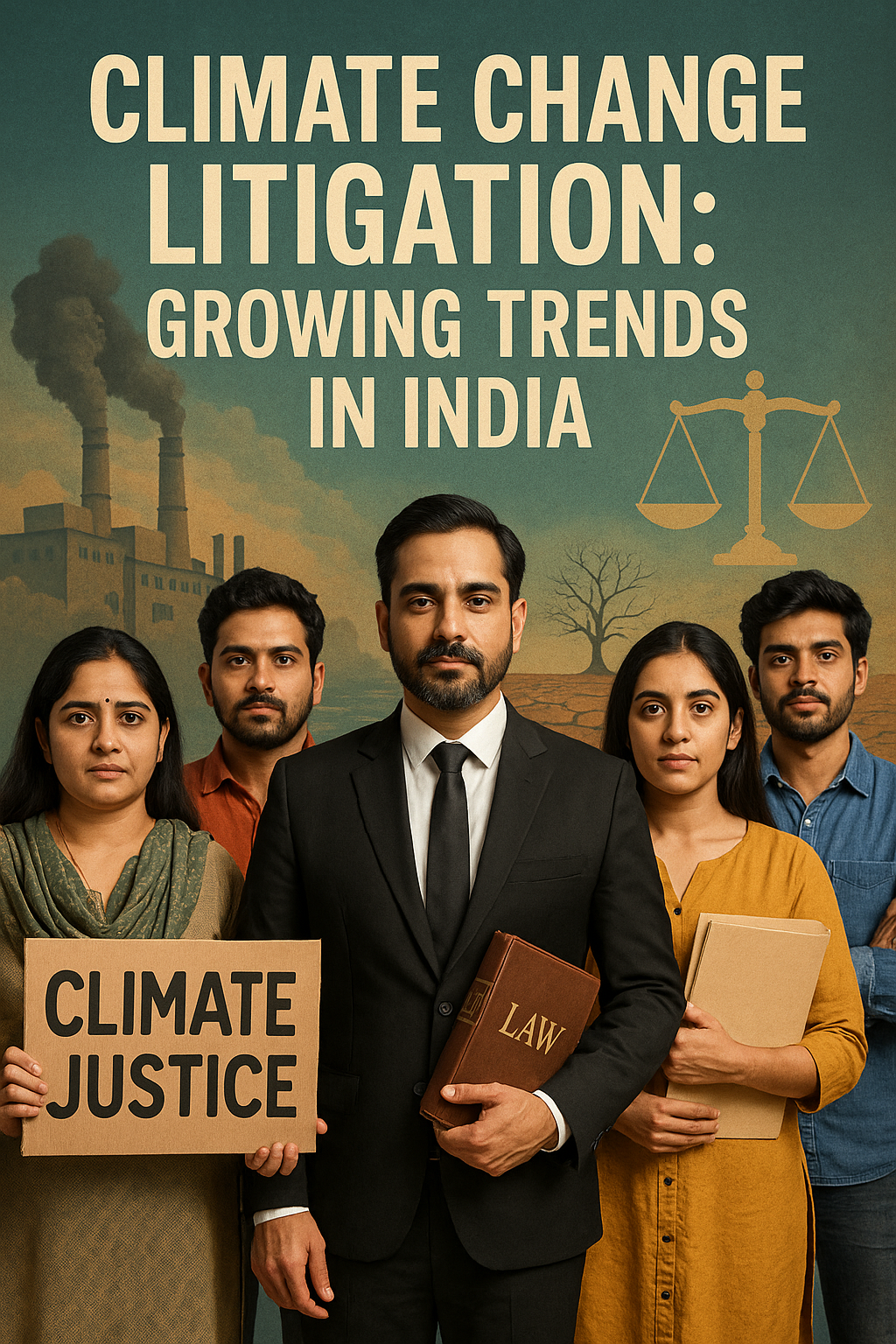
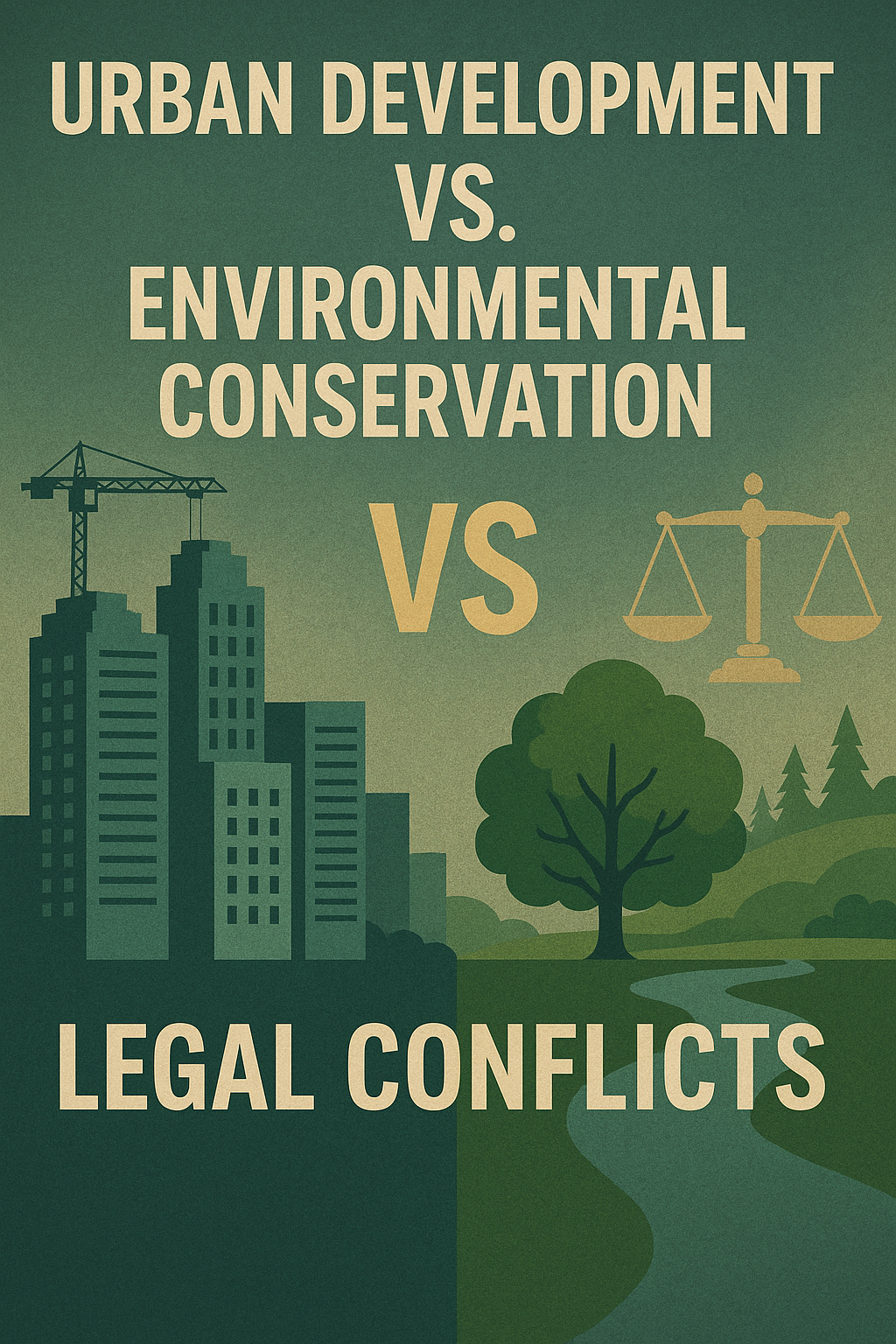

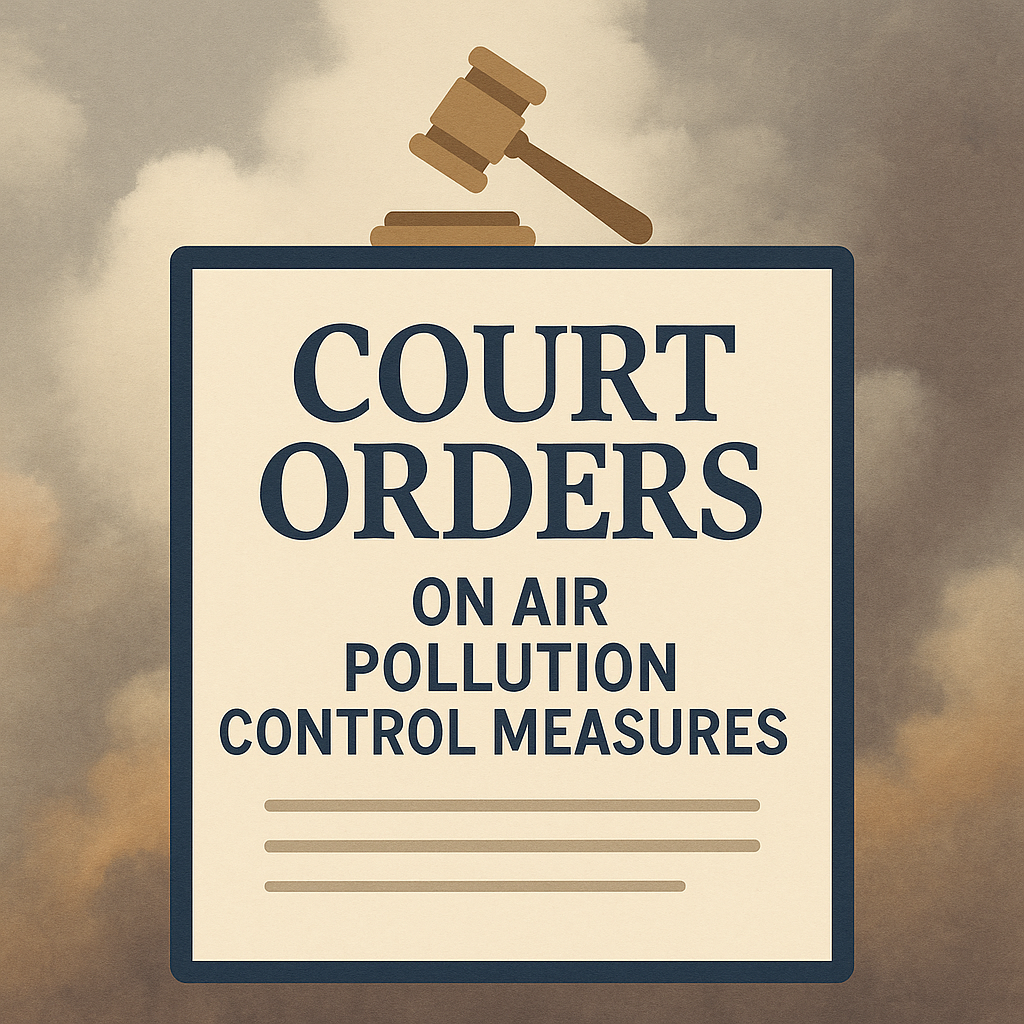






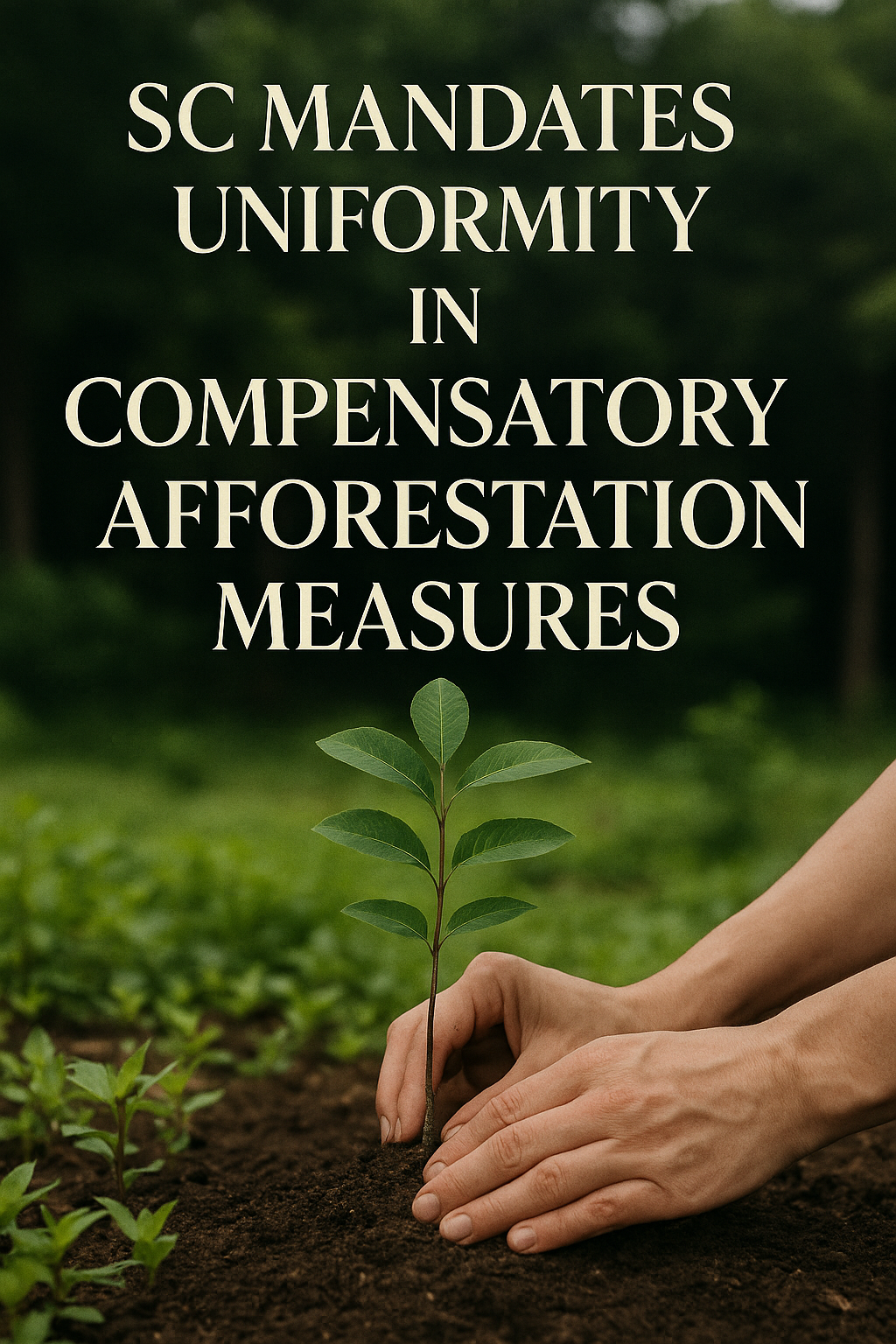
0 comments